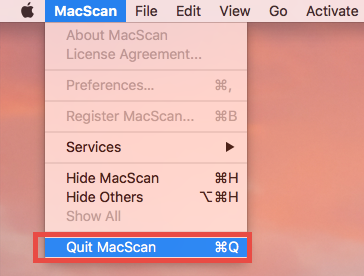


The conclusions of that research are not directly transferrable to NP-based matrices. In many cases, the charge transfer process was studied in metal salts or nanostructured surfaces. In particular, a competition between different cationization agents on the riboflavin molecule was investigated. The cationization of analytes was investigated, mostly focusing on alkali metals, as those form single charged ions. Though a nanoparticle matrix is considered to become “hot” under a laser impulse, leading to the more frequent fragmentation of an analyte, it also allows ionizing molecules that are not typically ionized using other matrix types. In particular, the physics of laser–nanoparticle interaction in the presence of biological tissue has been studied relatively poorly, and this is easy to explain: the system is very complex. Although the reported high sensitivity and selectivity are remarkable, only a few works have studied the fundamental aspects of the processes leading to the enhancement. Īn empirical approach was employed in the majority of studies, where nanomaterials were used as a matrix for LDI MS.

However, a NP can also be a source of ions, which can form adducts with the molecules of interest. Commonly, a protonation of an analyte is expected. Moreover, the matrix should provide conditions for efficient ionization. Two effects are typically highlighted when NPs are used as a matrix in LDI MS: local heating (resulting in desorption enhancement) and high surface reactivity (which can lead to improved selectivity and, thus, the increased sensitivity of the method ). Metal NPs can be such a matrix two methods in the literature are the so-called surface-assisted LDI MS (SALDI MS) and nanoparticle-assisted LDI MS (nano-PALDI MS). For a few reasons, an additional component is required (the so-called matrix) that enhances the desorption and facilitates the charging of the molecules of interest. Ionized species can be extracted and analyzed. Irradiating the samples with short laser pulses creates a plume of species (neutrals, ions, and molecules in excited states). In particular, metal NPs are widely used in laser desorption/ionization mass spectrometry (LDI MS). Often, the nanomaterials are prepared as nanoparticles (NPs), as there is a number of efficient production methods also allowing the tailoring of the NP properties. Surface enhancement employing nanomaterials in detection and imaging is implemented in many applications, including mass spectrometry, fluorescence imaging, Raman scattering, and various sensing technologies.


 0 kommentar(er)
0 kommentar(er)
